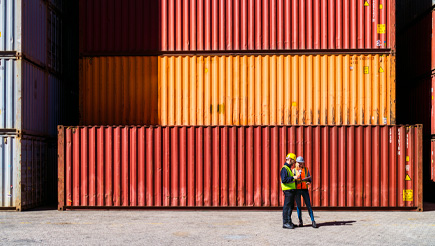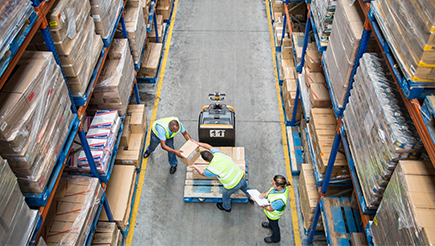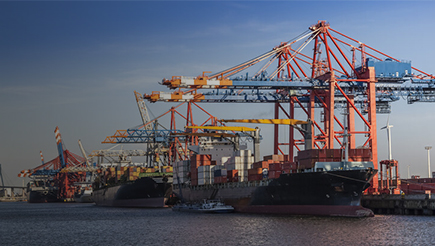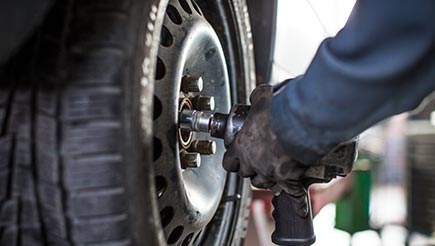A van is much more than just a ride from A to B – it’s part of the team. Whether you’re buying a van for the first time or upgrading to something more high-spec, it’s important to consider your financing options carefully.
However, van finance isn’t just about cost – it affects how your business runs too, and our introduction will help you choose the best path for your purchase.
Buying outright
Buying outright lets you drive, modify, paint and adapt your van as you see fit. The value can immediately be added to your business accounts as an asset. It can also be used as collateral for business loans, and it’s tax deductible under the annual investment allowance (AIA). Remember to let your insurer know about any modifications or upgrades to your van, as in some cases this can affect your cover and could even invalidate your insurance.
Personal loans and hire purchase
If you want to buy a van on finance, personal loans and hire purchase agreements let you pay for it in monthly instalments. You’ll have the same benefits as buying outright, including deducting your repayments under the AIA.
However, the overall cost is higher. Every loan has an APR (annual percentage rate) that’s usually added to the loan cost every month. And if you miss repayments, your van could be repossessed.
Personal contract hire (PCH)
Sometimes just called contract hire, this lets you long-term rent the van rather than buying. It can be a cheap and flexible option, which often comes with incentives such as added roadside cover and replacement promises.
You’ll usually need to estimate the mileage you’ll do over the length of the contract though, with penalty charges if you go further. Plus, you’ll need keep it pristine and have comprehensive van insurance.
Personal contract purchase (PCP)
Also known as a contract purchase, this option is like a hire purchase except you’re not paying off the full value. Instead, the dealer estimates the guaranteed future value (GFV) it’ll be worth once the contract ends. During the contract you’ll pay the difference between the current price and the GFV. When the contract ends, you can choose whether to settle the rest to buy the van outright, give the vehicle back or part-exchange it for something new.
Key considerations
You could save money by trading in your old vehicle. Well-maintained vans command the best trade-in value, so try to stay on top of the basics. These include tyre tread, lights, wipers, windows and oil.
A full service and a few valuations might be sensible before agreeing a price with the dealer. And whether you're part-exchanging or not, remember that there are plenty of providers catering for different buyers – so it definitely pays to shop around.
Once you've found the right deal, spend time tailoring your van insurance policy. Consider things like accidental damage or roadside assistance cover to avoid time off the road. Whatever works for you and your brand new business partner.






